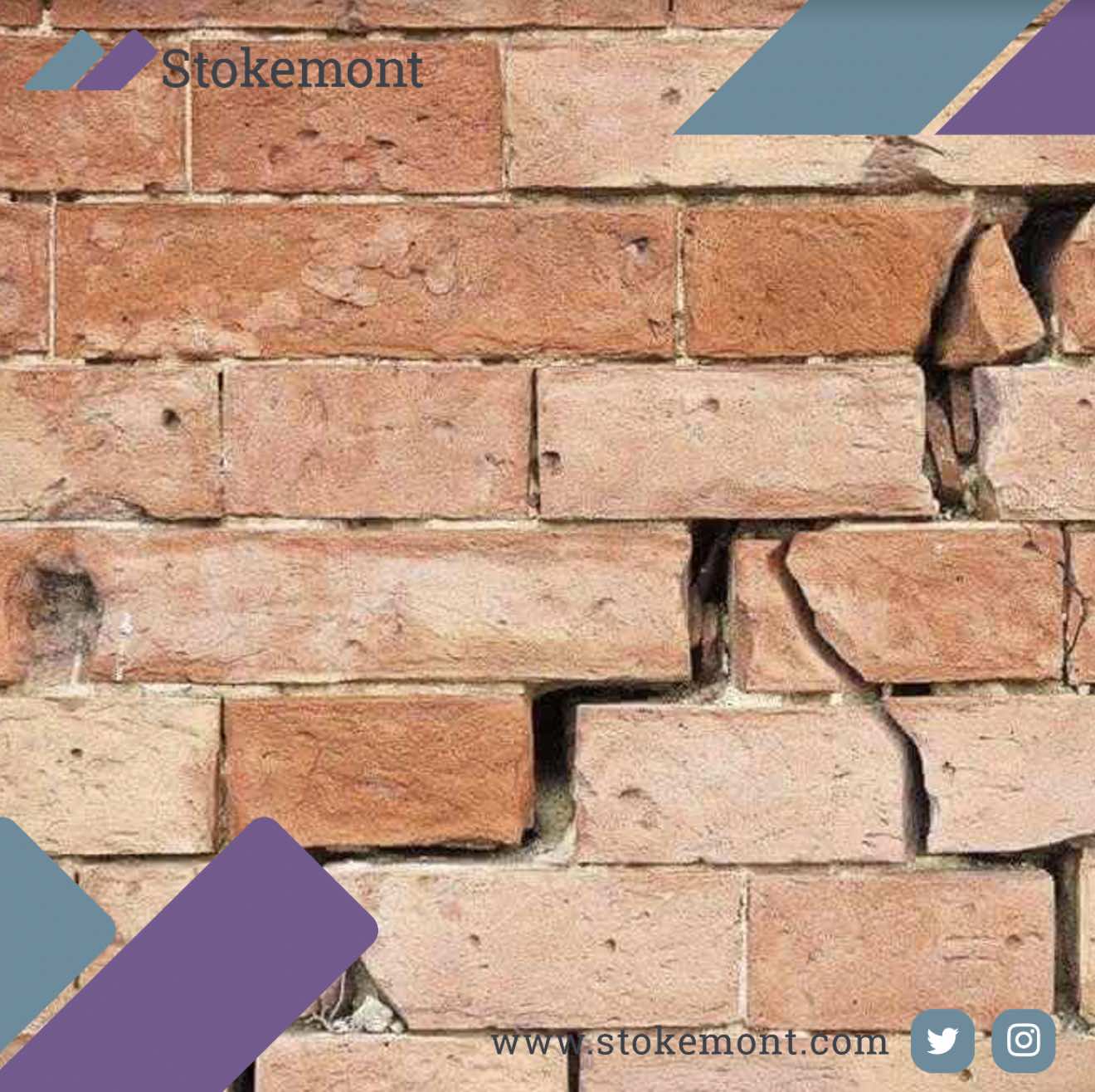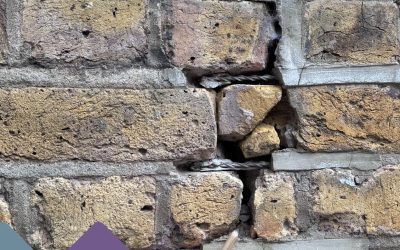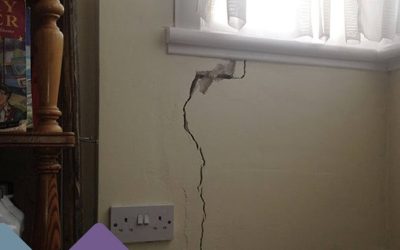Thank you for clicking on today’s Property Surveying blog post.
Today, through our weekly informative property surveying blog, we are going to be taking a look at RICS pre-purchase surveys. Particularly, we are going to be looking at the RICS; traffic light condition rating system that they have designed to help aid clients and pre-purchasers to fully understand the surveyor’s findings.
If you are planning on purchasing a property, one of the key and pivotal parts of the pre-purchase enquiries will be the instruction and review of a RICS surveyor’s pre-purchase survey.
The surveyor’s pre-purchase survey is going to not only set out the various different issues and defects that he or she notes within the property, it is also going to carefully condition rate them in a handy and easy to understand 1-3, green, amber, red condition rating system.
This condition rating system is designed to enable the reader to fully understand the severity of the issue along with the urgency to address it and ultimately have it made good.
We are going to be taking a closer look at the condition ratings in an effort to help you fully understand what they are, what they mean and importantly how they interact with the pre-purchase survey.
First and foremost, it is important to note that any property, even a new build, is going to likely have some degree of defect and issue.
RICS surveyors are trained and experienced to not only pick up major issue, however also minor.
This can often mean that a quick cursory review or skim read of the report by referring to the colour coded condition ratings only, can be a daunting situation.
Here at Stokemont, we would therefore advise that you fully review and read the pre-purchase survey, as in many cases it is going to include a number of photographs with defect and issue set out, along with clear reasoned surveyor’s advice.
Here at Stokemont, we go a step further, and actually provide a cost rating system within our pre-purchase surveys, both RICS HomeBuyer Reports and Building Surveys. The cost rating system ranges from low to high as set out below:
Low Cost

These are costs towards the lower end of the spectrum. We’d classify these as less than £1,000.00.
Mid Cost

These are costs towards the mid end of the spectrum. We’d classify these as £1,000.00 – £5,000.00.
High Cost

These are costs towards the upper end of the spectrum. We’d classify these as more than £5,000.00.
So let’s get back to the topic of this blog post and take a look at the various different condition ratings.
Condition Rating 1, Green

The most favourable condition rating that a RICS surveyor can give is a condition rating 1, or a green rating.
Condition rating 1 effectively means that the item or area being inspected is in a good state of repair.
Furthermore, it means that there is not only required remedial action needed and in accordance with its traffic light rating, it is effectively good to go without any further attention or consideration being given to it.
Green ratings are always positive when it comes to pre-purchase surveys, especially for those areas where inherent defect is usually more prevalent, such as walls, roofs or drainage.
Condition Rating 2, Amber/Orange

The second condition rating that the RICS has prepared is a condition rating 2 or amber, orange.
Sticking with the traffic light theme, a condition rating of 2 effectively means that the surveyor has noted issue during their inspection and investigation however, outside of there being a need to rectify and address the issue at some point in the near future, the matter is not considered urgent, or severe enough to warrant urgent attention.
Good examples of an amber condition rating could be superficial, or surface cracks to plaster, cracked tiles within bathrooms or kitchens, or significant vegetation and growth within gardens.
An amber rating isn’t to be ignored, and ultimately means that some form of planned attention, maintenance and action needs to be taken should the pre-purchaser proceed with the transaction. In many cases, there will need to be a planned maintenance provision in place, to ensure that future issue such of that nature is considered, addressed and stopped from transitioning and becoming a condition rating 3.
Condition Rating 3, Red

The final condition rating that the RICS classify is a condition rating of 3 or red.
Much like a traffic light, a condition rating of 3 effectively means that the pre-purchaser should stop and carefully consider the surveyors findings and advice.
Condition ratings 3 effectively mean that the area being inspected and classified is in need of urgent repair or replacement. This urgent action often comes at cost that the pre-purchaser wasn’t aware or informed of in making their pre-purchase offer upon the property.
Therefore, here at Stokemont, we would advise that should a condition rating 3 be noted, with that condition rating 3 coming with significant cost and outlay, that the pre-purchase enter and open discussions with the seller of the property in order to ensure that the offer that has been made is reflective of the defect and issue that is required and the cost in respect of making good that issue.
Good examples of condition rating 3s are cracked or slipped tiles on roofs, windows that are defective and do not operate soundly or smoothly, walls that require re-pointing, brickwork is spalling, or there are notable cracks located.
Whatever the condition rating may be, the key part of the report is going to be the surveyor’s advice in that regard.
The surveyor will set out their professional opinion on the matter, and we would advise that this is carefully reviewed and in many cases if need be sale, or price of the property, is reconsidered to take account of the surveyor’s findings.
Here at Stokemont, if there are a significant amount of condition rating 2s and 3s within the report, we would advise that a copy of the report is presented to the seller. The logic behind this is that they will also then be fully informed of the surveyor’s findings, with the mindset to open discussions in respect of negotiating and reducing the overall agreed price for the property.
The premise behind this, being that if the seller digs their heels in and holds firm without taking a view to negotiate and reduce the agreed price to take account of these issues, it is highly likely that the purchaser will consider pulling out of the sale.
This is not only going to cause significant delay to the seller’s chain, however it is also likely to present a situation whereby any future purchaser and their surveyor is going to locate the same issue in any event.
Therefore if they are to hold firm and not open discussion in respect of sales price, it is only likely a matter of time before they are in the same situation again with a new purchaser.
Here at Stokemont, we undertake handfuls of pre-purchase surveys each and every week. Over that time, we have seen all levels of defect from the simple, to the highly complex.
If you would like to discuss your pre-purchase surveying enquiries with our team of qualified and experienced RICS surveyors, please feel free to give us a call today and we will be more than happy to assist and advise you.




